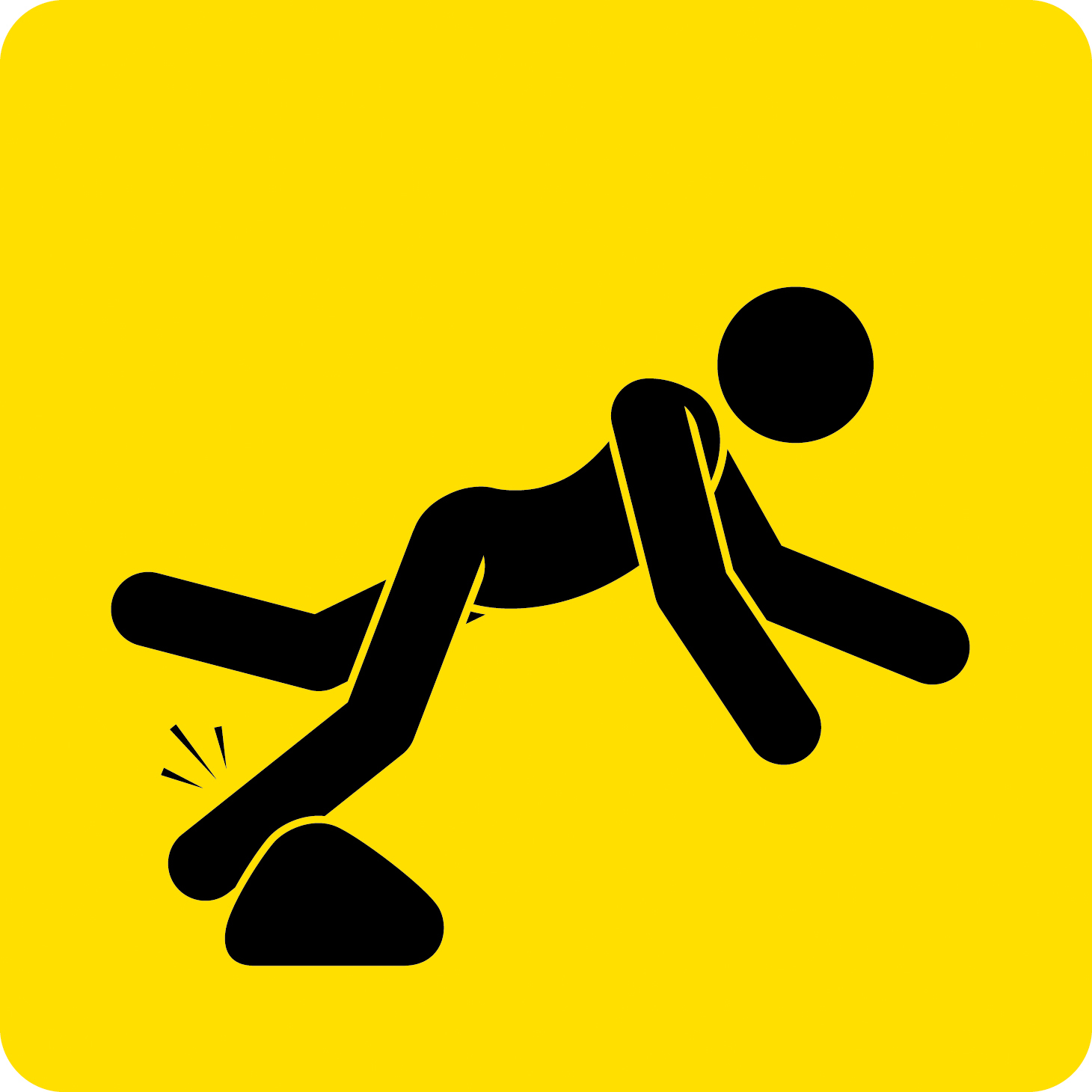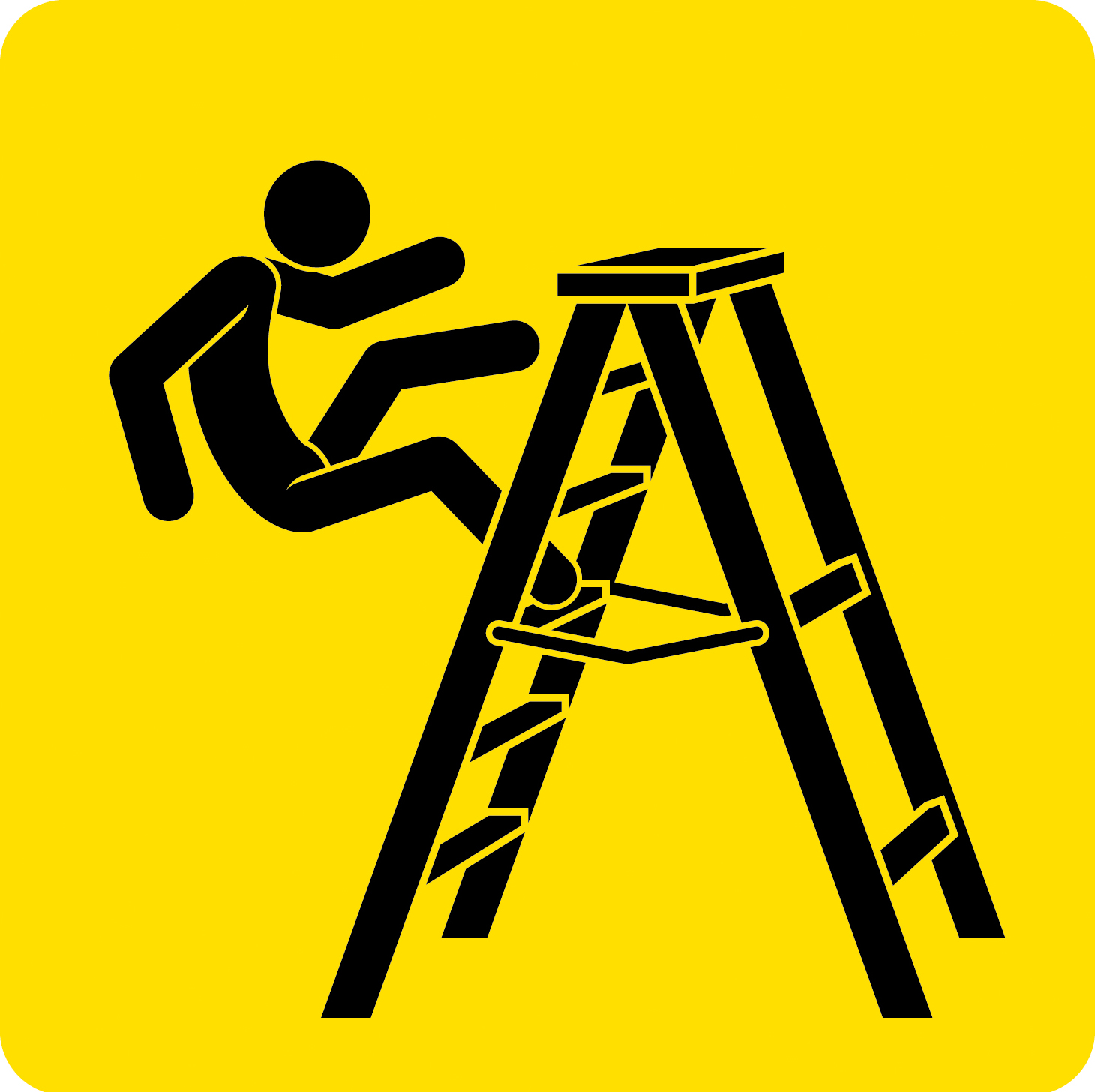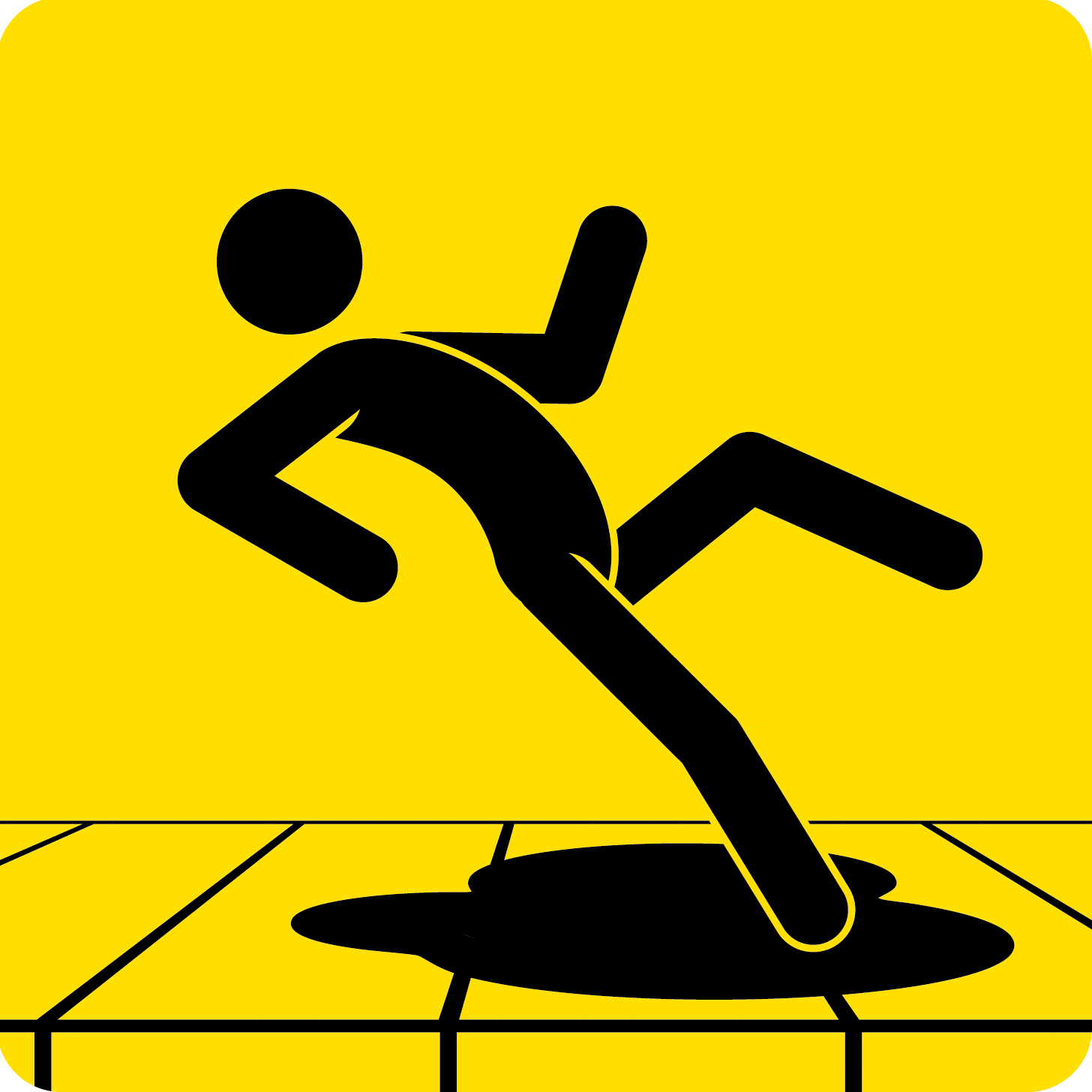What is your risk profile?
High risk physical or verbal assault….?
Person-down or man-down….?
High-Risk Physical or Verbal Assault?
Whether you are a manager of front-line field staff or managing occupational violence in the workplace, GPS Geo Guard will give your organisation the extra level of protection for total safety and duty of care through the process of risk assessing and managing aggression, as well as implementing the GPS Geo Guard solution to offer the best safety solution and support staff members after an incident. And more importantly, to help prevent an incident and gain the quickest response with recorded audio evidence in a real time physical and/or verbal incident. Please contact us for more information on work-related violence and aggression and what can be done to assess the risks and protect your most valuable business asset, your people, from it.
Any business or organisation whose job requires them to deal with the public can be at risk from violence. This can include employees engaged in giving a service, education, caring professions, mental health workers, nurses community health, cash transactions, delivery and collection, and controlling or representing authority.
| HIERARCHY OF CONTROL | EXAMPLE |
|---|---|
| Eliminate the hazard | Remove slip and trip hazards at the design stage such as eliminating changes in floor levels and installing more power outlets to avoid trailing cords |
| Substitution | Replace flooring with a more slip-resistant surface |
| Isolation | Prevent access to high risk areas, for example cordon off wet floor areas while cleaning is in progress |
| Engineering controls (redesign) | Apply floor treatments to increase slip resistance Improve lighting Stop leaks from equipment or pipes Provide adequate drainage Clearly mark edges of steps and any changes in floor heights |
| Administrative controls | Implement good housekeeping practices including keeping access ways clear and cleaning up spills promptly Use signage to warn of wet or slippery areas Provide training and supervision |
| Personal protective equipment |




Reducing the Risks of Slip, Trip, and Fall
Employers have a duty to make sure they protect people in the workplace from the risks of slips, trips and falls but everyone can help to avoid such accidents.
Reducing the risks is usually easy, costs little or no money and often has other benefits:
Spillages – Clean up all spillages immediately. Use a cleaning agent if required. If the floor is wet, use appropriate signs to tell people the floor is still wet and that extra care is needed. Alternatively, use another route until the spillage or wetness is gone.
Trailing cables – Try to place equipment to avoid cables crossing pedestrian routes and use cable guards to cover cables where required.
Change of surface from wet to dry – Ensure suitable footwear is worn, warn of risks by using signs and locate doormats where these changes are likely.
Rugs or mats – Where they cannot be eliminated, make sure rugs or mats are securely fixed and that edges do not present a trip hazard.
Slippery floor surfaces – Assess the cause of the slipperiness and treat accordingly, for example treat chemically and use appropriate cleaning materials and methods. In some cases, you may need to repair or replace the floor surface.
Changes in level and slopes – Improve visibility, lighting, provide hand rails and add tread markers or other floor markings.
Poor lighting – Improve lighting levels and placement of lighting to provide a more even lighting level over all floor areas.
Footwear – Ensure workers choose suitable footwear with the correct type of sole. If the work requires special protective footwear, the employer should provide it free of charge.
